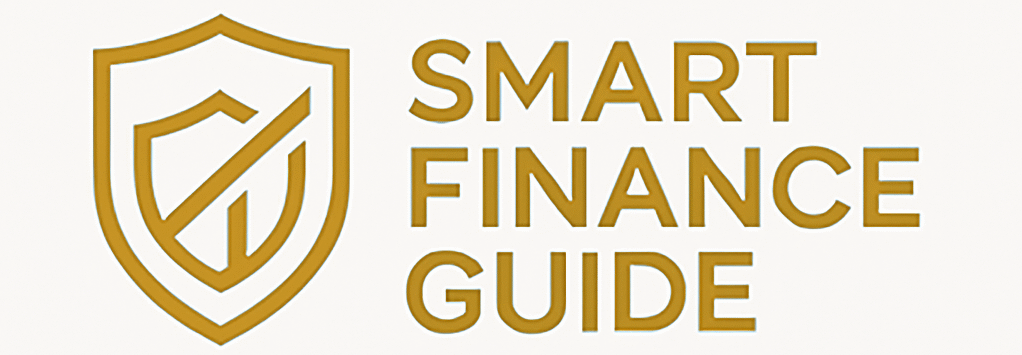The U.S. stock market is one of the largest, most liquid, and most attractive investment arenas in the world. And the good news is: you don’t have to live in the United States to invest in it.
Whether you’re in Europe, Latin America, Asia, or elsewhere, there are clear, legal ways to access American stocks, ETFs, and other financial products.
In this article, you’ll learn how non-U.S. residents can invest in the U.S. stock market, what steps to follow, the best platforms to use, and important tips to avoid mistakes.
Why Invest in the U.S. Market?
The United States offers:
- Access to some of the world’s strongest companies (Apple, Microsoft, Amazon)
- A highly regulated and transparent market
- A wide range of investment products (stocks, ETFs, REITs, options)
- Global economic influence — what happens in the U.S. often affects the world economy
Diversifying your portfolio with U.S. assets can boost your returns and reduce regional risks.
Can Non-U.S. Citizens Legally Invest?
✅ Yes!
There is no U.S. citizenship or residency requirement to invest in U.S. stocks.
Many brokerage firms welcome foreign investors — as long as you meet identification and regulatory requirements.
However, you must be aware of:
- Tax implications (especially withholding taxes)
- Regulations in your home country
- Broker-specific policies regarding non-resident accounts
Step 1: Find an International-Friendly U.S. Brokerage
You need to open an account with a broker that accepts non-U.S. residents.
Top options:
- Interactive Brokers (IBKR)
- One of the most popular for international investors
- Access to U.S. and global markets
- Low fees and excellent trading tools
- Charles Schwab International Account
- Designed specifically for non-U.S. residents
- $25,000 minimum deposit (may vary by region)
- Wide range of U.S. investment options
- TD Ameritrade (International accounts, though limited depending on region)
- eToro
- Popular for beginner investors outside the U.S.
- Allows access to U.S. stocks and ETFs without commissions
✅ Always check:
- Country eligibility
- Account fees
- Investment options available
- Customer support in your language
Step 2: Prepare the Required Documentation
To open an account as a non-resident, you’ll typically need:
- Valid passport
- Proof of address (utility bill, bank statement)
- Tax Identification Number (TIN) or local equivalent
- Completed W-8BEN Form (certifies you as a non-U.S. person for tax purposes)
⚠️ The W-8BEN is important: it determines how much tax you’ll owe on dividends and other U.S. income.
Step 3: Fund Your Brokerage Account
Most brokers accept:
- International wire transfers (SWIFT)
- Local bank transfers (for some countries)
- Credit/debit cards or e-wallets (limited options)
✅ Check transfer fees and foreign exchange rates — they can impact your initial investment significantly.
Step 4: Choose Your Investments
Once funded, you can buy:
- Individual U.S. stocks (e.g., Google, Netflix, Nvidia)
- U.S. ETFs (broad market, sectors, bonds)
- ADR shares (foreign companies listed on U.S. exchanges)
- REITs (U.S. real estate investments)
✅ Beginners often start with broad-market ETFs like:
- VOO (S&P 500)
- VTI (Total U.S. market)
- QQQ (Top tech companies)
Step 5: Understand U.S. Taxes on Investments
As a non-U.S. investor, you’ll be subject to:
- 30% withholding tax on dividends (reduced to 15% or lower with certain tax treaties)
- Capital gains tax – usually not applied to foreigners on U.S. stocks (good news!)
✅ Filing a tax return is usually not required if you only have dividends and no U.S.-sourced business income.
However, always consult a local tax advisor to ensure compliance in your country.
Step 6: Monitor Currency Exchange Rates
Since you’ll likely invest in U.S. dollars (USD), fluctuations in exchange rates can impact your returns when converting back to your local currency.
Strategies to manage this risk:
- Keep part of your portfolio in USD
- Diversify internationally
- Avoid frequent currency conversions
Step 7: Be Mindful of Estate Taxes
U.S. estate taxes can apply to non-residents with U.S. assets above a certain threshold (currently $60,000).
✅ Advanced investors may consider:
- Owning U.S. assets through offshore structures
- Choosing non-U.S. domiciled ETFs (e.g., Irish-domiciled ETFs traded in London)
Again, seek professional advice if you plan to build a large U.S. portfolio.
Final Thoughts: Global Access to America’s Opportunities
You don’t need to live in New York or Los Angeles to benefit from the strength of the U.S. stock market.
With the right brokerage, some smart planning, and a long-term mindset, you can tap into one of the most dynamic economies in the world — no matter where you live.
Start simple, stay informed, and invest for the future you want.
FAQ – Investing in the U.S. Stock Market as a Non-Resident.
Can non-U.S. citizens invest in the U.S. stock market?
Yes. You do not need to be a U.S. citizen or resident to invest in U.S. stocks or ETFs. Many U.S. brokerages accept international clients who meet their documentation and compliance requirements.
What documents do I need to open a U.S. brokerage account as a foreigner?
Typically, you’ll need a valid passport, proof of address, a local tax identification number, and a completed W-8BEN form to confirm your non-U.S. tax status.
Do non-U.S. investors pay taxes on U.S. stock market earnings?
Yes, mainly on dividends. The U.S. withholds 30% of dividends for foreign investors, though this may be reduced with a tax treaty. Capital gains are usually not taxed for non-residents.
Which brokerages are best for non-U.S. residents?
Popular options include Interactive Brokers, Charles Schwab International, TD Ameritrade (regional availability), and eToro. Choose based on fees, country eligibility, and available features.
Are there risks or limitations when investing in the U.S. as a foreigner?
Yes. You may face estate tax risks on assets over $60,000, currency exchange risks, and limitations in account access depending on your country. Consult a tax advisor to stay compliant.

